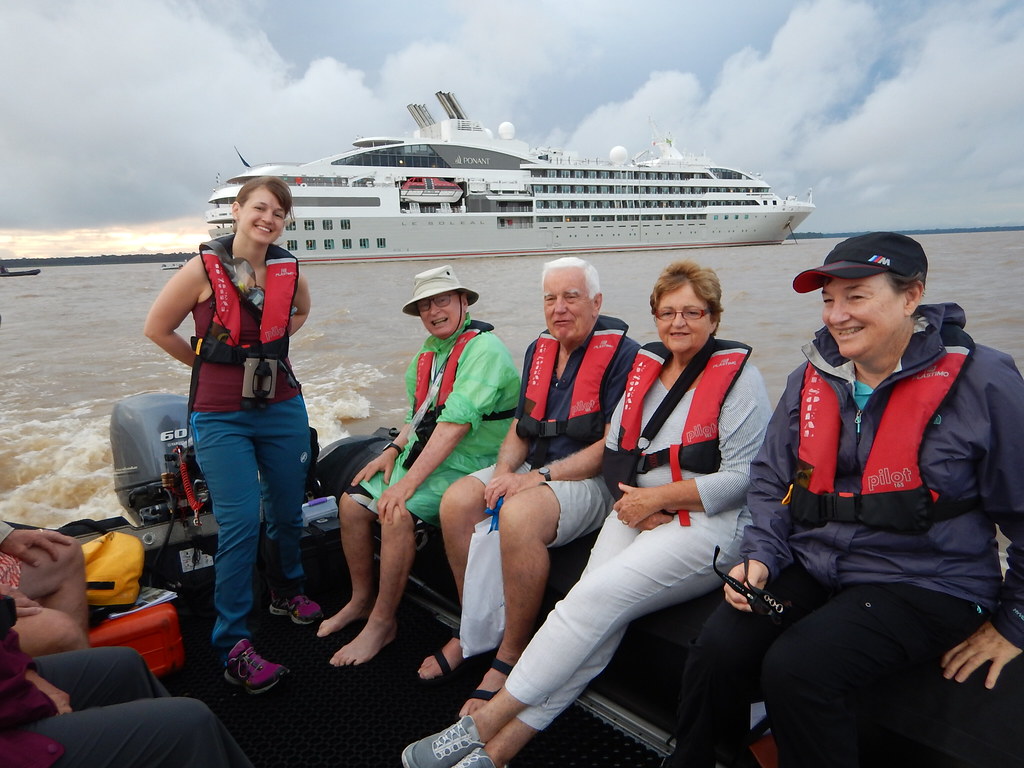Aranui 5, the passenger-cum-cargo ship which departs every three weeks from Papeete in Tahiti to visit the Tuamotu Archipelago, Bora Bora in the Society Islands, and the world's most remote archipelago, the Marquesas, has released details of its Polynesian cruise programme for 2018.
Dubbed 'the freighter to paradise' the ship is a lifeline to the inhabitants of these exotic locations, transporting everything from dried coconut meat and citrus fruit, to brake pads and bulldozers!
Each day of the voyage brings panoply of glorious sights from turquoise lagoons, rainbow coloured coral and tropical fish, to spectacular volcanic scenery, towering cliffs, magnificent waterfalls and traditional stone tiki statues.
Guests may choose to relax, meet the warm and welcoming locals, learn about ancient traditions and the artistic heritage of the Polynesian culture, or join a soft adventure excursion to explore the islands more deeply.
Many onshore excursions are included in the itinerary, allowing passengers to hop on to one of the whale boats and travel to high mountains, white, pink and black sand beaches, a working pearl farm or incredible archaeological sights.
Optional excursions are also available at an additional cost, and include popular 4WD off-road tours, helicopter flights, horse riding and a 10-mile hike.
Among the Aranui's departure dates are several that qualify for a 10% discount on 14-day cruises, including January 13th, March 29th and June 12th 2018.
Alternatively, there is also a special 10% senior discount for over 60s on the two-week 2nd October 2018 departure, or a 10% discount on any 14-day voyage for repeat bookers. Only one discount per booking may be used.
Prices for a 14-day package on this 2,200-mile round trip start from 4,089 euros per person, based on two sharing a standard double room.
This includes all taxes, meals and wine during meals on board, planned excursions, expert lecturers and guides, a primarily Polynesian crew, plus facilities such as a swimming pool, fitness room, spa, bars, restaurant, lounges, library, video and computer room.
For further information about cruises on board Aranui 5, visit www.aranui.com



















































